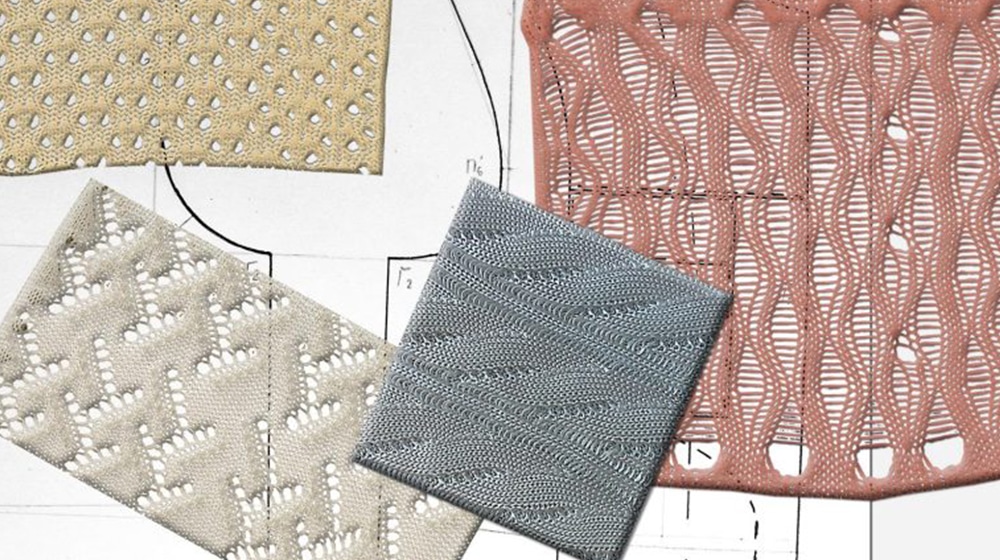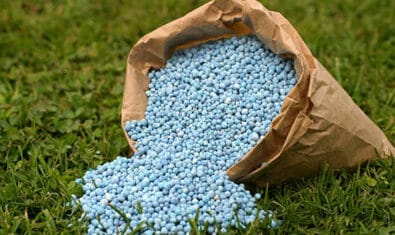An international team of researchers at the Massachusetts Institute of Technology (MIT) has developed a futuristic self-cooling fabric from plastic bags, claiming that the new fabric will be more sustainable than cotton and other seasonal textile materials.
Experts are praising the new material, calling it ‘the stuff of the future’ as it completely defies the adage that polyethylene and plastic have drastic effects on the environment and climate.
ALSO READ
Private Sector Awaits Govt’s Decision on COVID-19 Vaccine Prices
Created from polyethylene, the design of the fabric is based on a fiber-and-yarn buildup that wicks off moisture, unlike typical polyethylene materials that lock water and sweat in on account of being unable to allow for evaporation.
The ecological footprint of the new fabric has also been determined in case the world decides to use it. Contrary to the existing theories, the research team estimates that polyethylene fabrics may have a relatively smaller impact on the life cycles of the fabrics than the typically-used cotton and nylon textiles.
In considering materials that could become the fabrics of the future, scientists have largely dismissed one widely available option: polyethylene. Now, MIT engineers have spun polyethylene into fibers and yarns designed to wick away moisture. https://t.co/aimWETL3cL pic.twitter.com/17VSfCpnKw
— Massachusetts Institute of Technology (MIT) (@MIT) March 19, 2021
The researchers hope that this fabric will provide an incentive to recycle plastic bags and other polyethylene products into wearable textiles, thus adding to their sustainability.
“Once someone throws a plastic bag in the ocean, that’s a problem. But those bags could easily be recycled, and if you can make polyethylene into a sneaker or a hoodie, it would make economic sense to pick up these bags and recycle them,” said MIT research scientist, Svetlana Boriskina.
Moisture Control
Based on their modeling, the researchers made yarn out of plastic with optimized fiber dimensions, then wove it into a robust fabric and tested the evaporation ability of polyethylene fabric over cotton, nylon, and polyester by dipping strips of the fabrics in water and measuring the time it took for them to dry off. Each strip of fabric was placed on a scale over a single water droplet and its weight was measured over time as the water wicked through the fabric and evaporated.
In each of the tests, the water in the polyethylene fabrics evaporated faster than it did off the other textile materials. The researchers observed that the polyethylene strip lost some of its water-absorption ability when inundated. However, when methods like friction and exposure to UV radiation were studied, it was noted that the material regained its water absorption ability.
Effects on the Ecosystem
The researchers found that the material’s “dry-coloring process contributes to a relatively small ecological footprint that polyethylene would have if it were used to make textiles”.
They calculated this footprint by using an assessment tool that is commonly used by typical textile manufacturers. Taking into account the physical properties of polythene and the processes required to make it, the researchers concluded that it would require less energy and probably even lesser money to produce polyethylene textiles as compared to cotton.
ALSO READ
PCB Calls More Players to National Camp for Africa Tour
The research was partially supported by the US Army Research Office and the MIT International Science and Technology Initiatives (MISTI), and the findings have been published in the world-renowned Nature Sustainability journal.


























